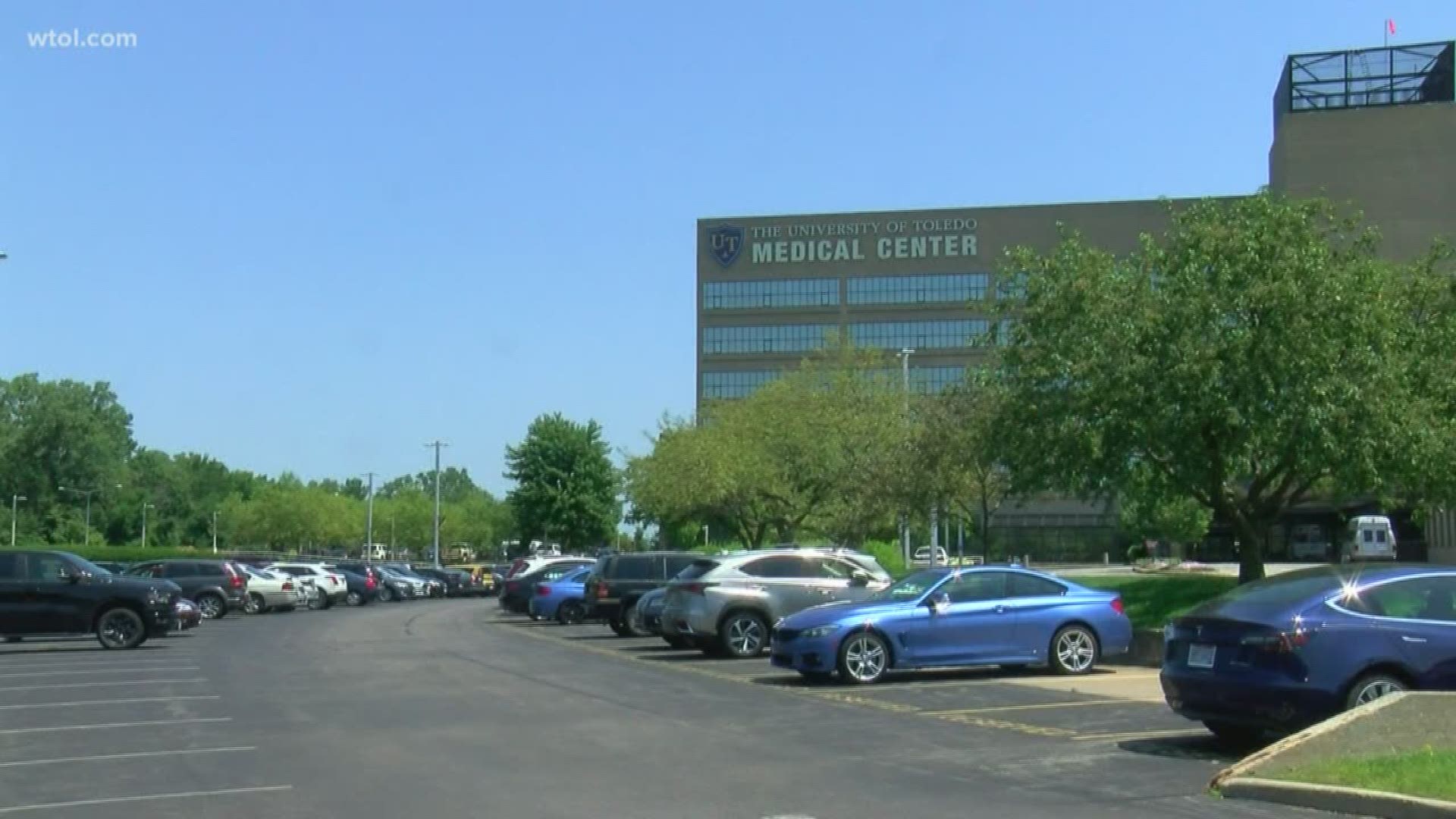

This understanding to a much broader population. While Utah’s Department of Health had already recognized the level of trauma in UtahĬommunities constituted a public health crisis, the onset of the pandemic expanded “The need was clear because the gap was obvious.” Were already in place, we would have been able to do this much more easily,” explainedĭr. Underscored how much a dedicated center was needed. It helped, but these cries for support also Vogel-Ferguson and her colleagues respondedīy creating an online community page to quickly share as much as they could. Services, and were often unable to do so. Those experiencing homelessness were overwhelmed trying to find safe ways to provide Service providers working directly with victims of crime, children in danger, and Were being overwhelmed with the challenge of trying to function in a pandemic and

All of a sudden, immediate needs took precedence-frontline staff Passed! Over the next six months, broad community partnerships developed and things Resources available in Utah to support the trauma-informed approach. Reform Commission to establish a center where organizations and individuals couldįind evidence-based resources, support, and sector-specific information regarding Vogel-Ferguson presented a proposal to the Intergenerational Welfare This feedback made it clear that more was needed. Indicated a desire to participate in efforts to improve trauma-informed approaches Were often siloed and lacked support on many levels. Survey results showed that while there was much good work in the field, efforts Providers statewide were doing to incorporate the trauma-informed approach into their The survey asked all types of questions exploring what service Vogel-Ferguson and a team of researchers conducted a survey of community Spencer Cox was keen to find answers to the question, How can Utah become a trauma-informed state? So, Dr. Vogel-Ferguson and her team took a step back. In early 2018, after years of delivering trauma awareness seminars to providers across Resource distribution, human resource management, and more.” She continued, “It isĪ different way of doing business that supports principles of safety, trustworthinessĪnd transparency, peer support, collaboration and mutuality, empowerment, voice andĬhoice, cultural, historical, and gender issues.” In general, these principles reflect Of buildings and office spaces, policies and procedures, internal and external communications, “A trauma-informed approach is a lens through which you see everything-the design Trauma-informed practices at the organizational and system levels, with the goal of Vogel-Ferguson explained the purpose of a “trauma-informed approach” is to infuse

Ways to help people navigate that trauma-in particular, how service providers canīetter utilize a trauma-informed approach.Īlthough “trauma-informed care” is usually a term heard in relation to traditional Plethora of life stories she heard over the years, reflecting both childhood and adultĮxperiences of severe adversity and trauma, has made her passionate about finding The College of Social Work, has interviewed countless individuals receiving publicīenefits in order to understand those accessing these benefits-their attitudes, needs,īarriers, and how the programs could be improved to better serve their needs. Over the past 21 years, Mary Beth Vogel-Ferguson, a research associate professor at


 0 kommentar(er)
0 kommentar(er)
